Tay Ninh has 21 ethnic minorities living, including 5,551 households, a total of 20,415 people, accounting for 1.73% of the province's population. Each ethnic minority community has its own language. In fact, currently, every ethnic minority has its own language, but not every ethnic group or ethnic group has its own written language. That poses an urgent need to preserve and maintain ethnic languages, because "if the language exists, the nation exists" and vice versa.
Job Preserving, maintaining and transmitting the languages and writings of ethnic minorities is likened to a "math problem" with many solutions, but the question is which solution is the fastest and most suitable. Although not yet recognized as an ethnic minority, the Ta Mun community in Tay Ninh still preserves its cultural, spiritual and religious values, especially its language. The Ta Mun community does not have its own written language, they transmit their language through speech.
The Ta Mun language class has 50 students who are Ta Mun people living in Tay Ninh city.
Creation of Latin characters for Ta Mun writing
Implementing Project 06 of the Ministry of Culture, Sports and Tourism on implementing the Project "Preserving and promoting the fine traditional cultural values of ethnic minorities associated with tourism development" under the National Target Program on socio-economic development of ethnic minority and mountainous areas in the period of 2021-2030, the Department of Culture, Sports and Tourism of Tay Ninh has implemented many programs to preserve intangible cultural forms, including the languages and writings of ethnic minorities.
Last June, the Provincial Museum coordinated with the Vietnam National Institute of Culture and Arts in Ho Chi Minh City to organize a class to teach the Ta Mun language to the Ta Mun people in Tan Lap Hamlet (Tan Binh Commune) and Thanh Hiep Hamlet (Thanh Tan Commune) at the Ta Mun Ethnic Cultural House (Tan Lap Hamlet, Tan Binh Commune, Tay Ninh City). The class had the participation of 50 Ta Mun students living in the province.
By participating in the course, students are equipped with an overview of the Ta Mun language, and acquire the Ta Mun language naturally through practice, experience, training according to models, and singing traditional folk songs of the Ta Mun people. Thereby forming and developing language skills in listening, speaking, reading, and writing at a basic level (in Latin characters).
As one of the instructors at the course, Mr. Lam Van Ron - a village elder and a prestigious person in the Ta Mun community, acknowledged that the Ta Mun language is gradually being lost, especially among the younger generation. With the attention of the Party and the State, the authorities opened classes to teach the Ta Mun language to the children of the people. If taught orally, learners would "forget what they say", so Mr. Ron came up with the idea of transcribing the spoken language in Latin characters to preserve the language of his people in writing.
“Ms. Lam Thi Niem and I taught the class, but the organization of the class was difficult in terms of motivating the children to come to class. However, after attending a few classes, the children seemed interested. After the class ended, the children met me and asked when the next class would be held so they could join. I discussed with them that when they return home, they should talk to their parents in their own language to help preserve and protect the language from fading away and becoming lost,” village elder Lam Van Ron told the group of reporters.
The issue of preserving and maintaining the languages of ethnic minorities has long been of special concern to our Party and State. Article 5, Chapter I of the 2013 Constitution of Vietnam clearly states: “Ethnic groups have the right to use their own language and writing, preserve their national identity, and promote their fine customs, practices, traditions and culture.”
The trend of international integration increases the risk of decline of languages of ethnic minorities. Meanwhile, language is not only a part of culture but also a means to unify the will and strengthen national solidarity.
Borrowing other ethnic languages to encode the sounds of the Ta Mun community is not a new method but has brought certain results. Mr. Ron gave a few examples such as the word "Ta" in Ta Mun means "he", "Uol" means "she", when read in Ta Mun, it will be encoded with Latin characters so that students can remember more easily and can easily review when they go home.
“When there are funerals or festivals, people in the village often gather and communicate with each other in the Ta Mun language. Every time I make offerings, I also bow in the Ta Mun language. In family activities, when going to the market, trading, my people also talk to each other in the Ta Mun language. In my opinion, parents should try to maintain the habit of communicating in their own language for their children to learn and follow,” Mr. Ron added.
Mr. Lam Van Ron and Mr. Lam Van Gioi exchange content encoding the Ta Mun language using Latin characters.
Preserving the purity of ethnic minority languages
According to many documents and elders, the Ta Mun community came to Tay Ninh in 1926 and settled down after liberation. They farmed in groups, not separately. “I hope the Party and State will recognize the Ta Mun as an ethnic minority.
Later, when the children went to get birth certificates, they said that the Ta Mun ethnic group was not on their papers, so it was very difficult. Some people also reported to me that they had difficulty in getting papers, I had to explain so that they understood that the 54 ethnic groups in Vietnam did not have their own Ta Mun ethnic group. I also hope that the authorities at all levels, if possible, would open parentheses on the papers, clearly stating the Ta Mun ethnic group so that in the future we would also have a clear "status" - Mr. Ron said.
As a senior, Mr. Ron realized that the Ta Mun language is currently mixed a lot, a mixture of Kinh and Khmer languages. If we do not find a way to preserve it, it will be at risk of being lost, not just fading away. Teaching classes need to be maintained regularly, waiting for an opportunity to open a class will be difficult to achieve sustainable results.
However, to open a formal class, it is necessary to go through the Department of Education and Training, but through the Education sector, there must be a written language, and the nature of this class is an oral class, so it is very difficult to organize it systematically. If the proposal is made through a State agency, there must be documents and certificates, to open a formal class, the teaching staff must have certificates and certain knowledge of ethnic minority languages.
Ta Mun Ethnic Cultural House - a place for cultural exchange of the Ta Mun community in Tay Ninh city.
Faced with the mixing of languages, the vocabulary to identify everyday objects, things, and phenomena has been lost. The Ta Mun people borrowed about 30%-40% of the vocabulary from the Kinh people. For example, the word "key" in the Ta Mun language is still called "key".
Mr. Lam Van Gioi (25 years old), Ta Mun ethnic group, residing in Ninh Duc quarter, Ninh Thanh ward, Tay Ninh city, said that he and his family always use the language of his ethnic group in daily life, especially on holidays and weddings. He commented that the language of his ethnic group is very beautiful and wishes that this language will be taught in schools, so that the next generation of Ta Mun people can inherit and develop it.
The question is, what needs to be done to preserve and develop ethnic languages? The most feasible and sustainable solution is to teach ethnic languages in schools.
Preserving the languages of ethnic minorities also demonstrates the equal status among ethnic groups, demonstrating the diversity in Vietnamese culture. Preserving and promoting the fine traditional cultural values of ethnic minorities, including language, is also an important goal. Doing that means we have been protecting a valuable resource, exploiting a living museum, a unique source of tourism to develop the economy, society and affirm the country's sovereignty.
Hoang Yen - Viet Dong
(to be continued)
Source: https://baotayninh.vn/bai-1-truyen-day-ngon-ngu-ta-mun-cho-the-he-ke-thua-a180474.html


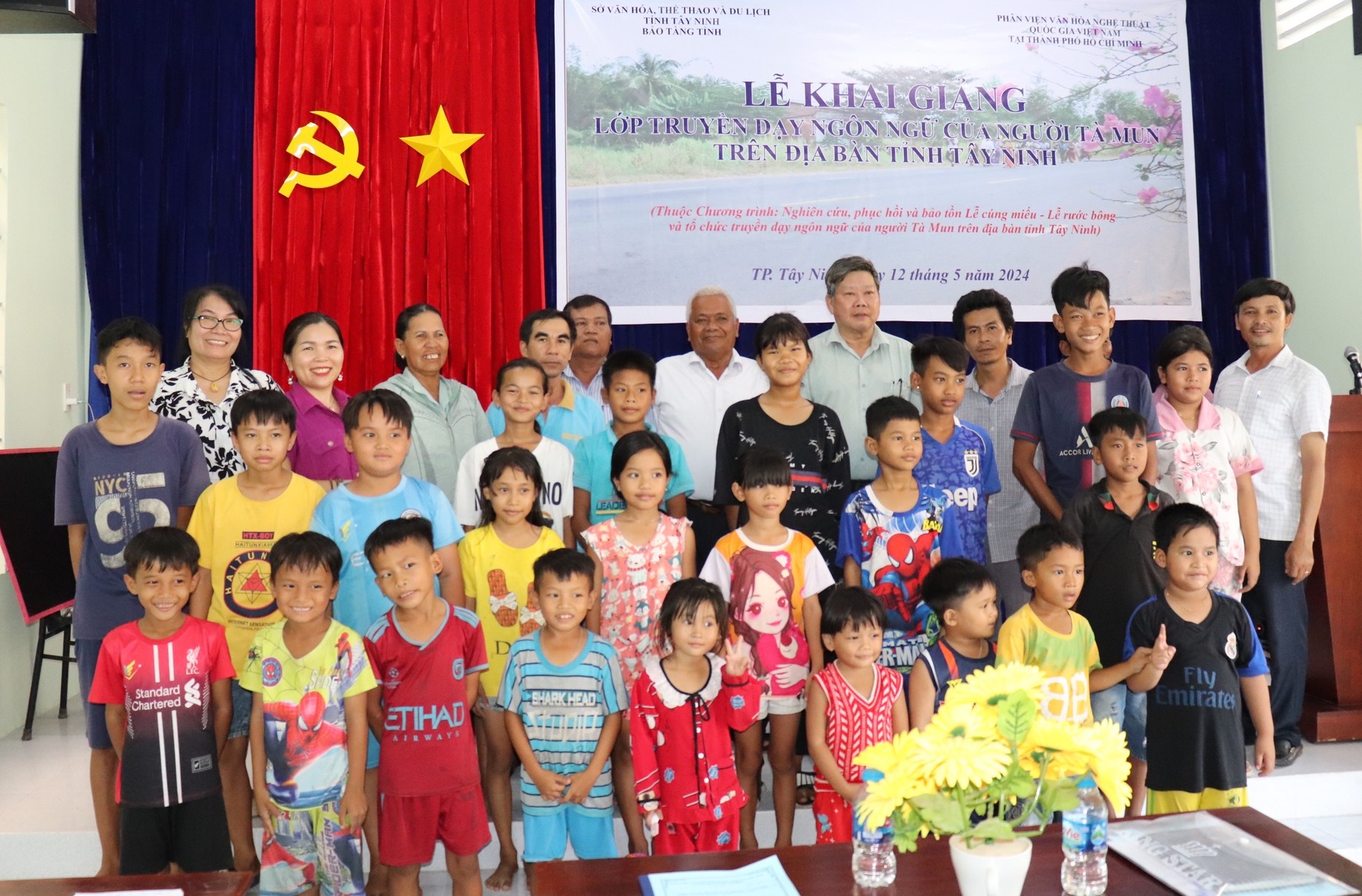
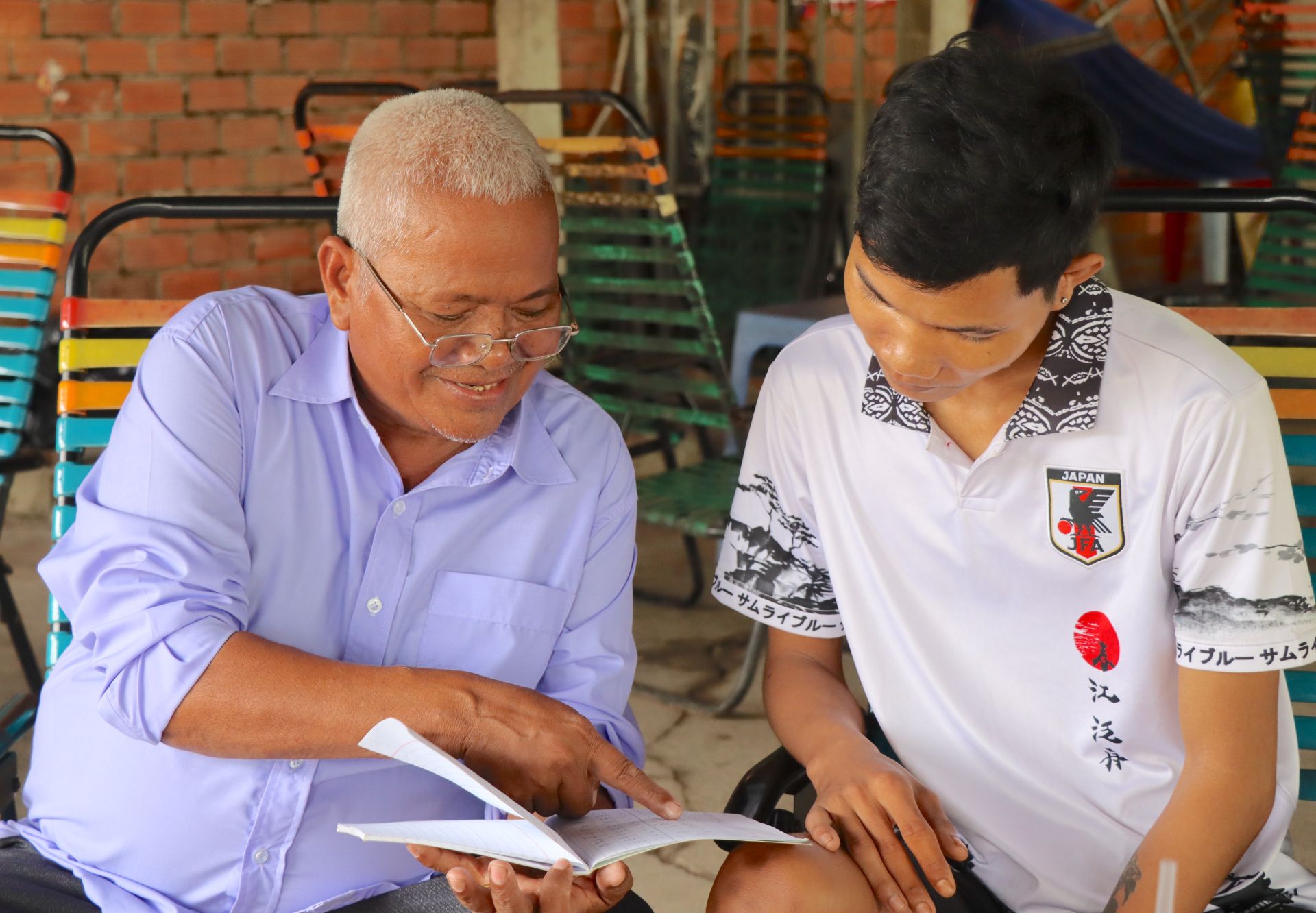
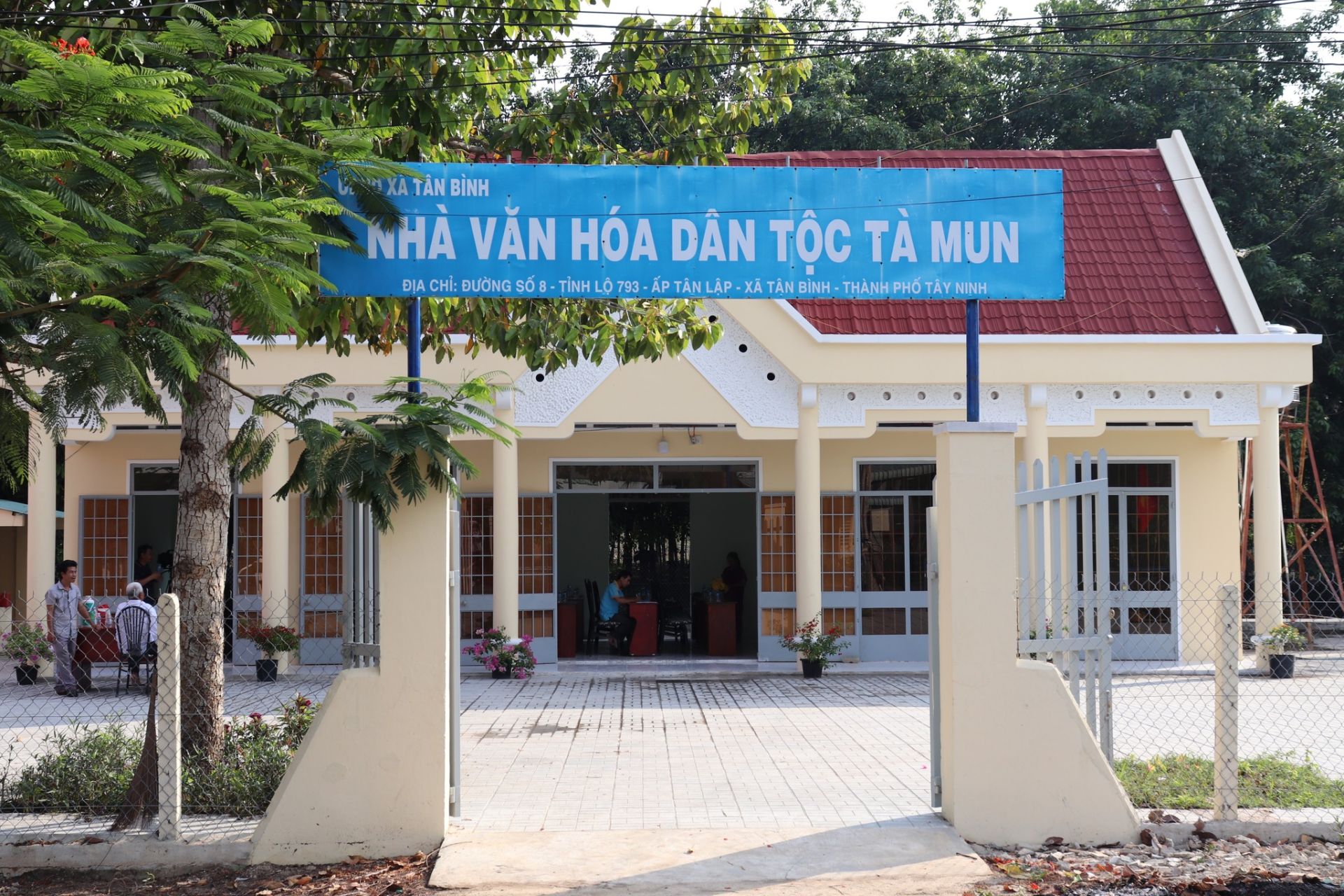



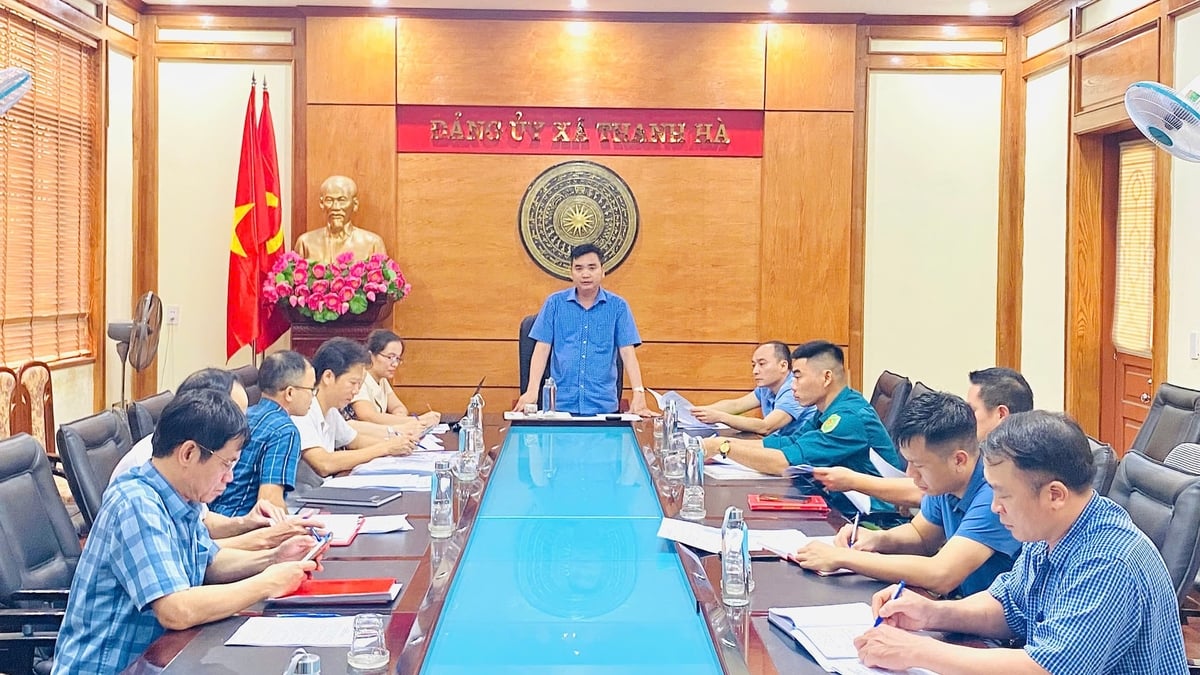
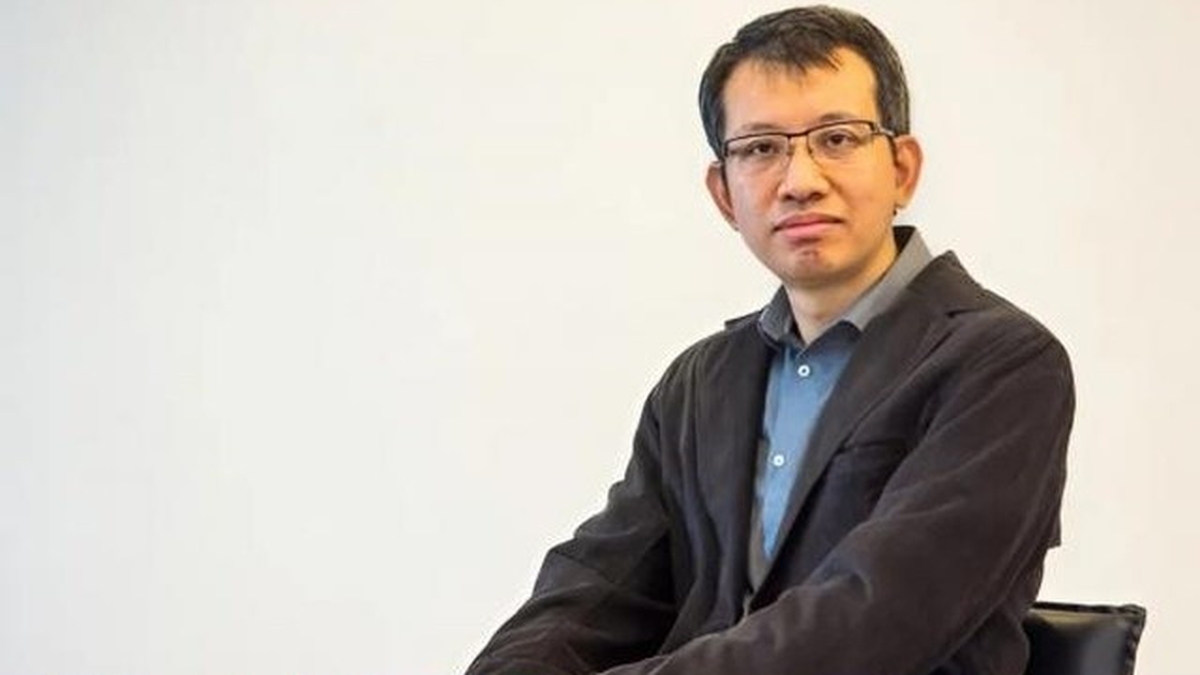
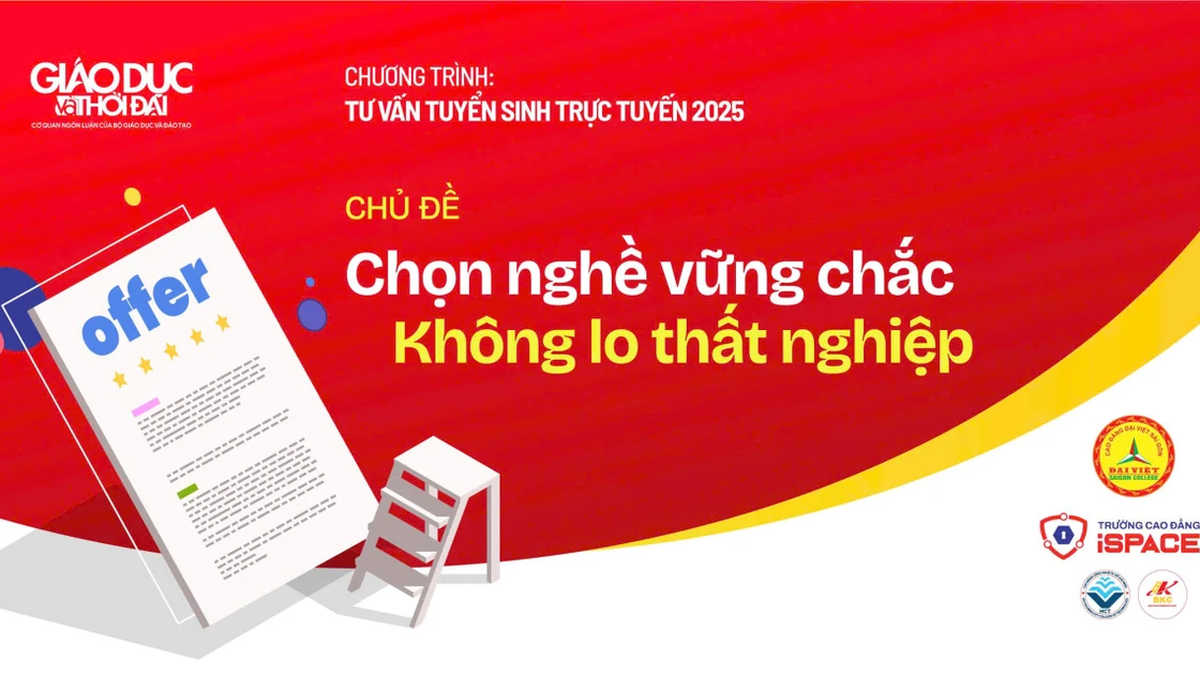


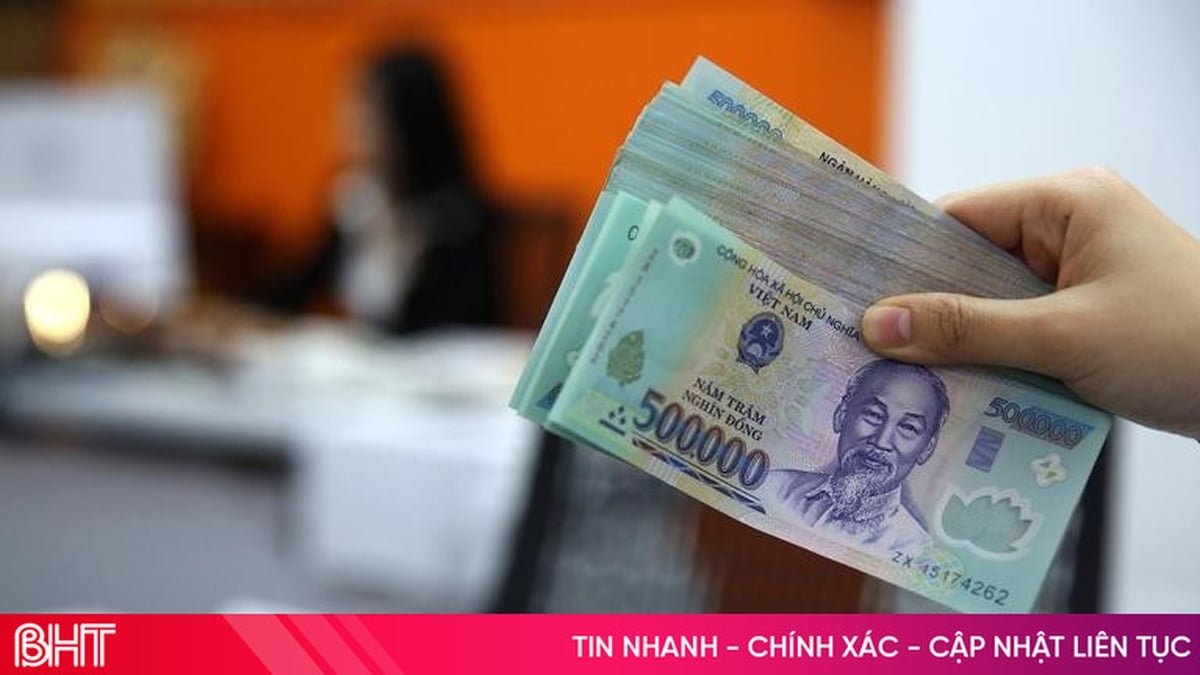
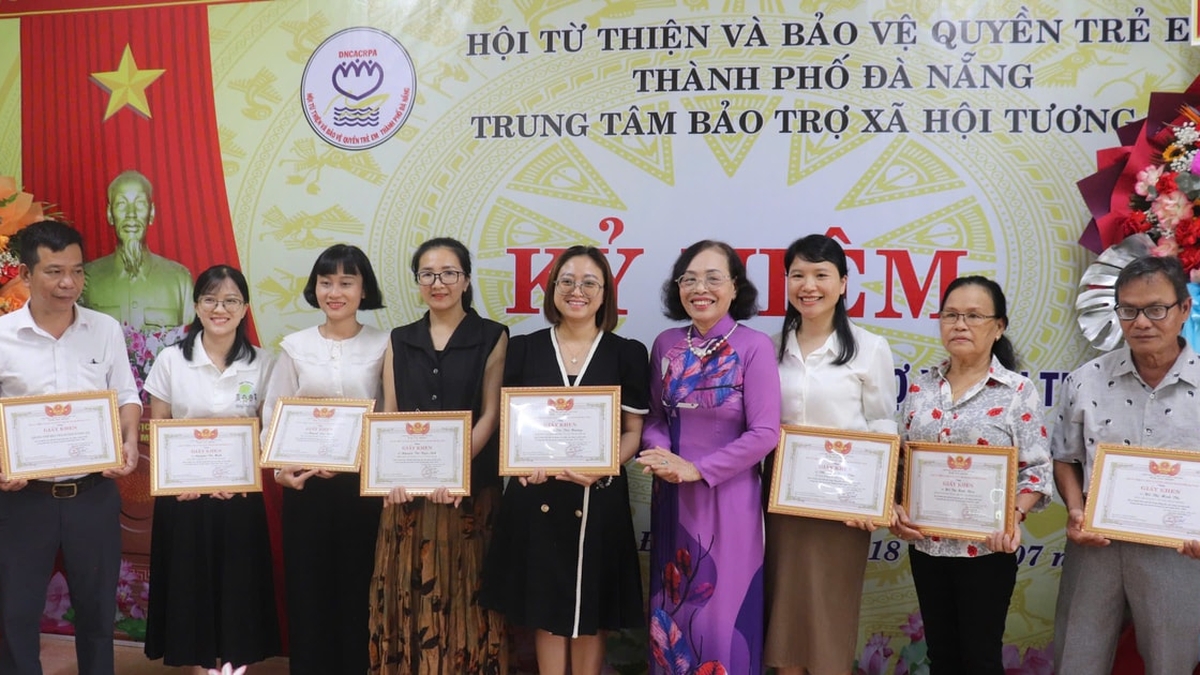











![[Photo] National Assembly Chairman Tran Thanh Man visits Vietnamese Heroic Mother Ta Thi Tran](https://vphoto.vietnam.vn/thumb/1200x675/vietnam/resource/IMAGE/2025/7/20/765c0bd057dd44ad83ab89fe0255b783)



































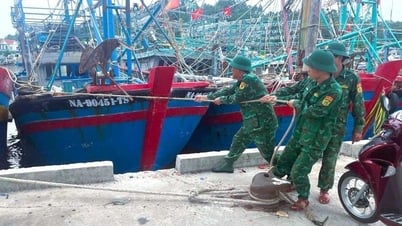
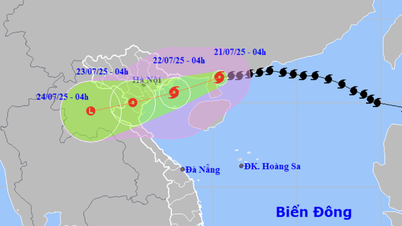




































Comment (0)